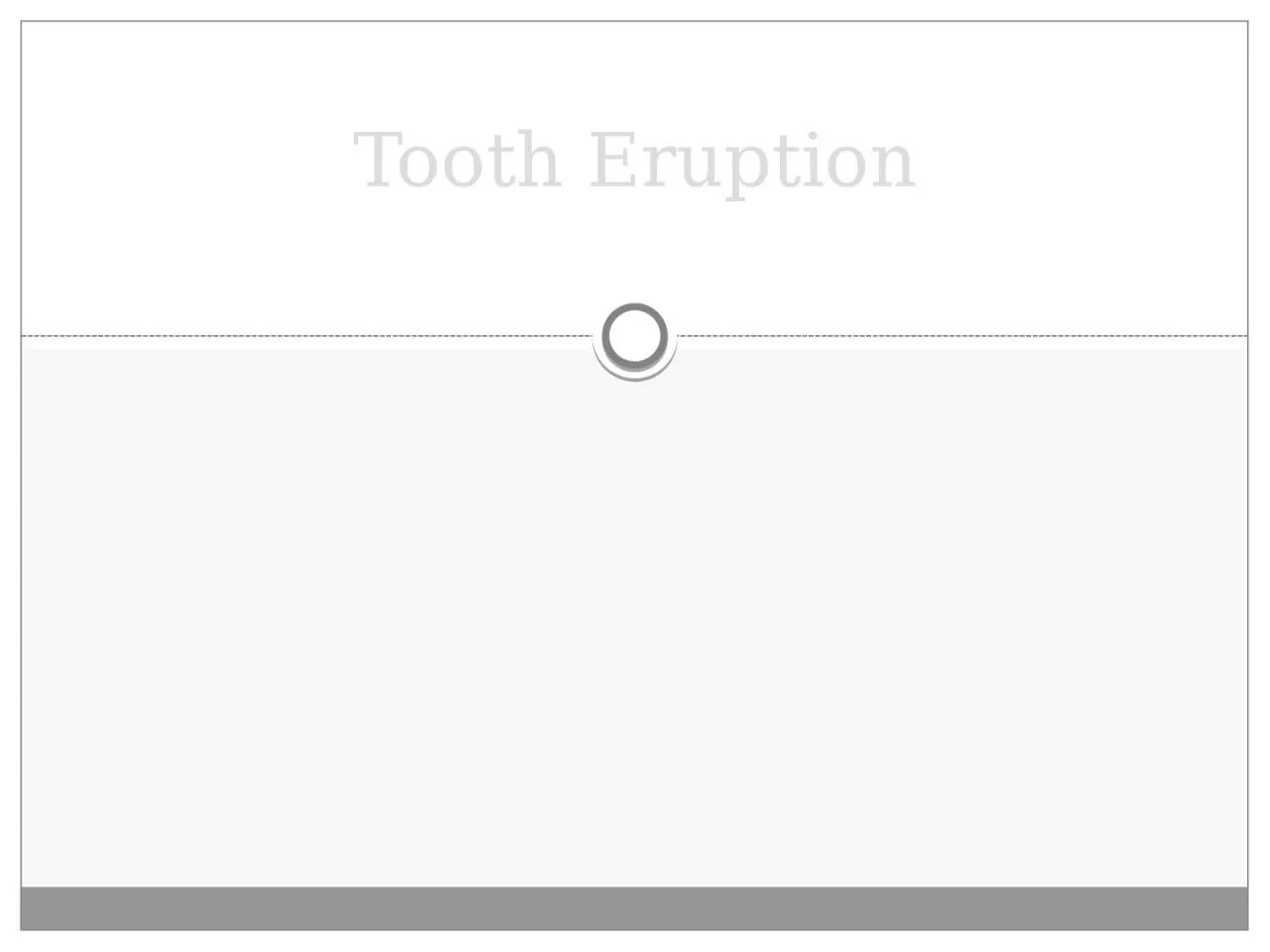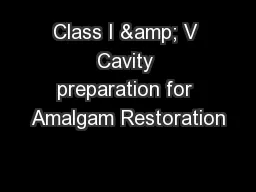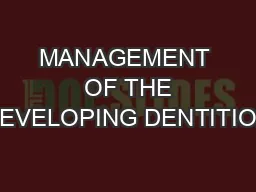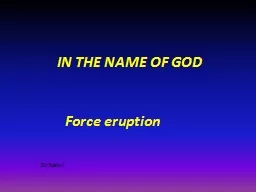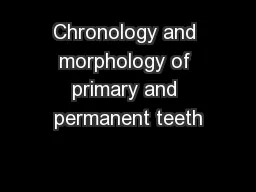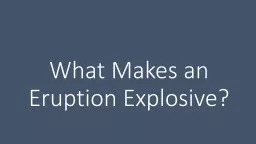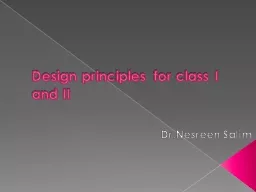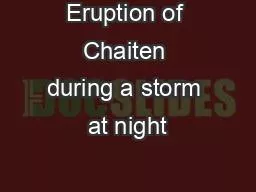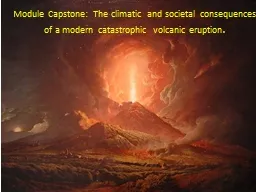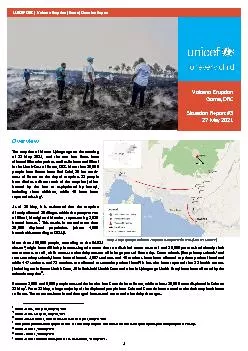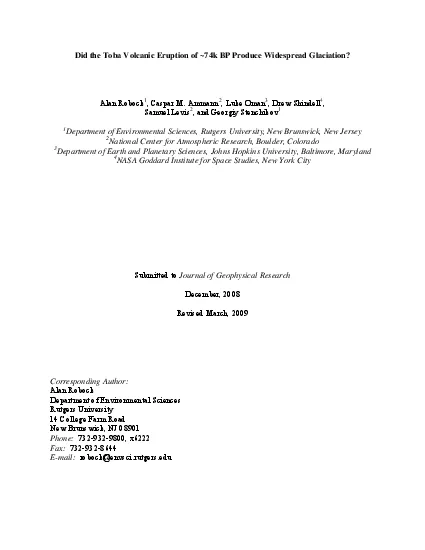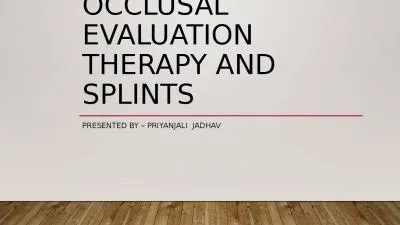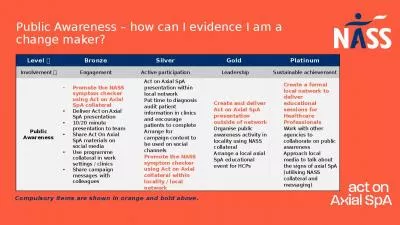PPT-Tooth Eruption It is the axial or occlusal movement of the tooth from its developmental
Author : jones | Published Date : 2022-06-15
PATTERN OF TOOTH MOVEMENT Preeruptive tooth movement When deciduous tooth germs first differentiate they are very small and a good deal of space is between them
Presentation Embed Code
Download Presentation
Download Presentation The PPT/PDF document "Tooth Eruption It is the axial or occlus..." is the property of its rightful owner. Permission is granted to download and print the materials on this website for personal, non-commercial use only, and to display it on your personal computer provided you do not modify the materials and that you retain all copyright notices contained in the materials. By downloading content from our website, you accept the terms of this agreement.
Tooth Eruption It is the axial or occlusal movement of the tooth from its developmental: Transcript
Download Rules Of Document
"Tooth Eruption It is the axial or occlusal movement of the tooth from its developmental"The content belongs to its owner. You may download and print it for personal use, without modification, and keep all copyright notices. By downloading, you agree to these terms.
Related Documents

